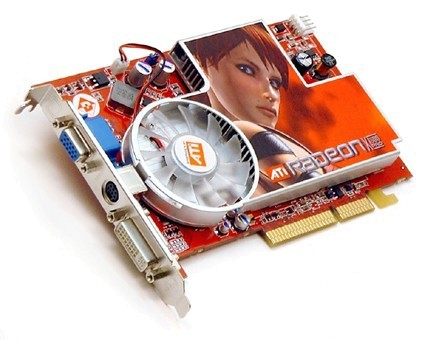Radeon X1600 Pro: Prolonging the Graphics Life of Your AGP Machine
Conclusion
When weighing the advantages of keeping an older motherboard against those of replacing it, cost savings gained by upgrading only the graphics card are offset by the added expense of the card itself. Manufacturers consider the AGP upgrade market too small to justify new AGP graphics processors, so buyers must foot the expense of adding an AGP to PCI-Express signal converter.
Added expense puts the Radeon X1600 Pro AGP 512 MB within the same price range as a GeForce 7600 GT or Radeon X1600 XT PCI-Express products, which are far more powerful cards. A better AGP card can be found with the GeForce 7800GS, but does anyone really want to invest $300 in their rapidly-aging system? Transitioning to PCI-Express may prove just as cost-effective, especially when future upgrades are considered.
The Diamond Viper X1600 Pro AGP 512 MB completely obliterates similarly priced cards of three-years ago, yet it still cannot meet the demands of today's new and graphically-intensive games. This would be expected of a less expensive card, but cost to performance issues go part-in-parcel with the use of an "obsolete" interface.
Maybe we missed the point? The Viper X1600 AGP 512 MB should prove powerful enough to put the boost back into older games by offering twice the performance of the Radeon 9600 Pro. Buyers who struggle to run one-year-old games on three-year-old hardware should be satisfied with its substantial performance increase.
The entire Radeon X1600 series may prove to be better suited for the upper-range home theater PC market since it supports ATI's latest Avivo video enhancements and H.264 acceleration. However, even then the Viper's gamer-oriented cooler may be too noisy in a hot-and-stuffy HTPC case, forcing buyers to invest in either a passively-cooled X1600 Pro or a third-party cooler.
Join our discussion on this topic
Get Tom's Hardware's best news and in-depth reviews, straight to your inbox.

